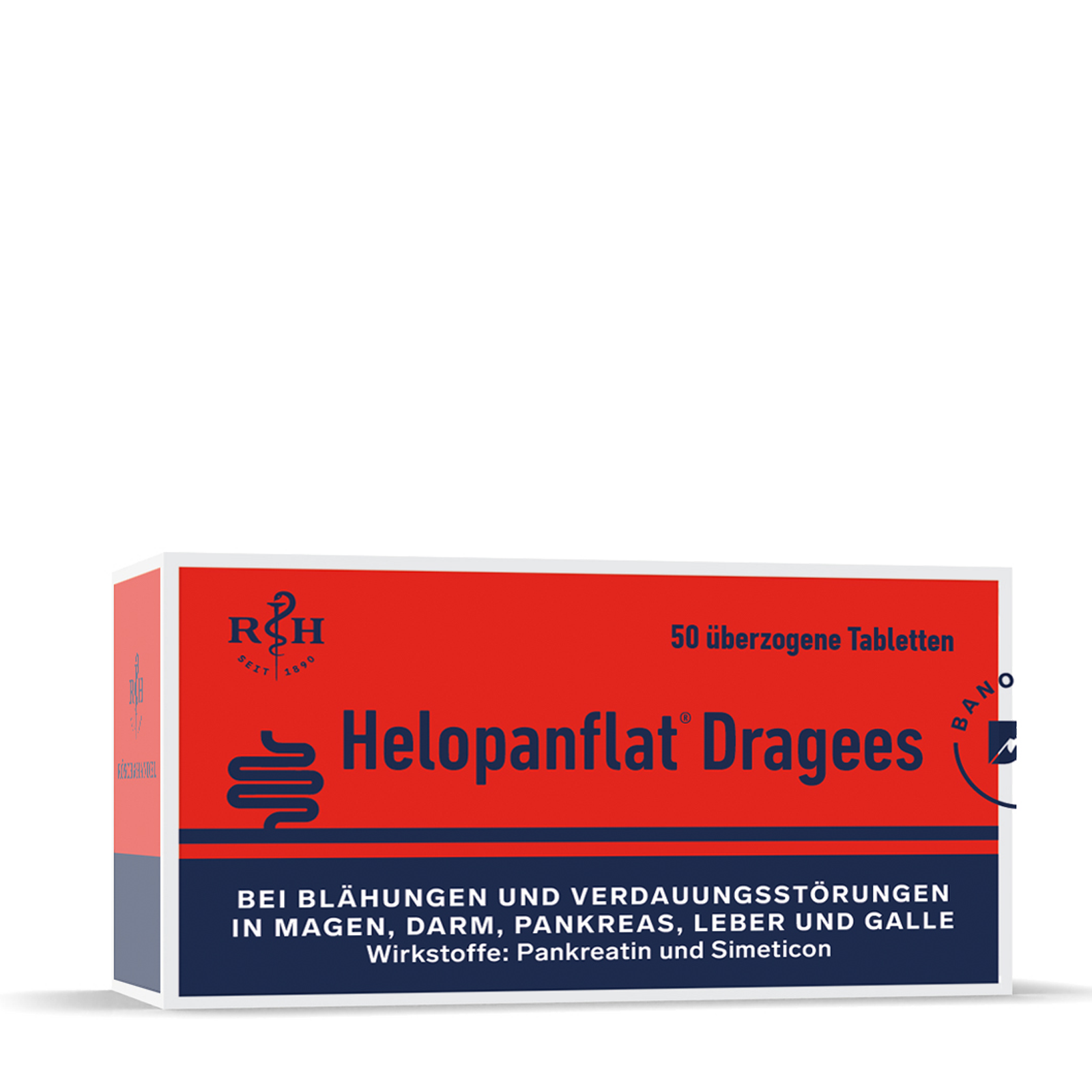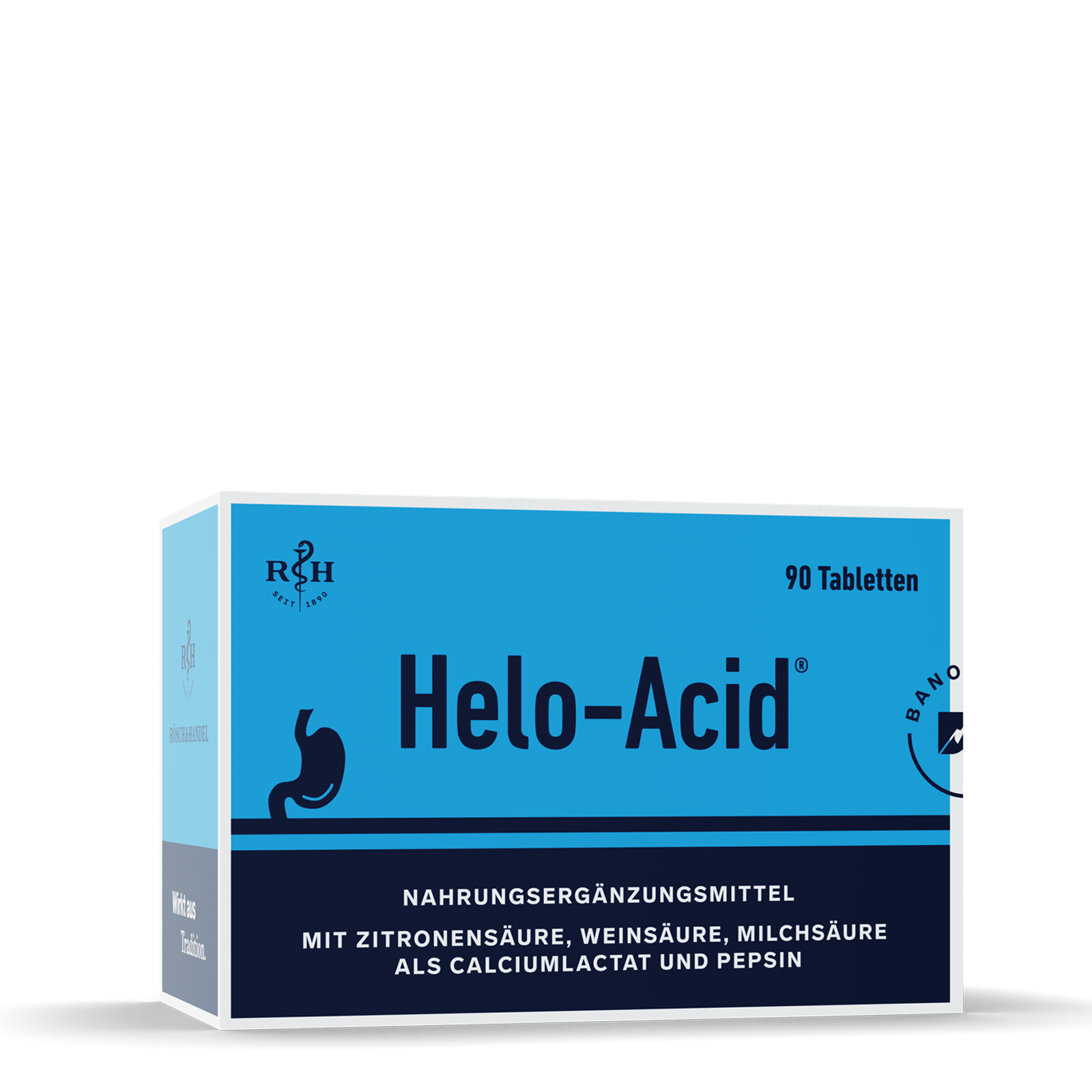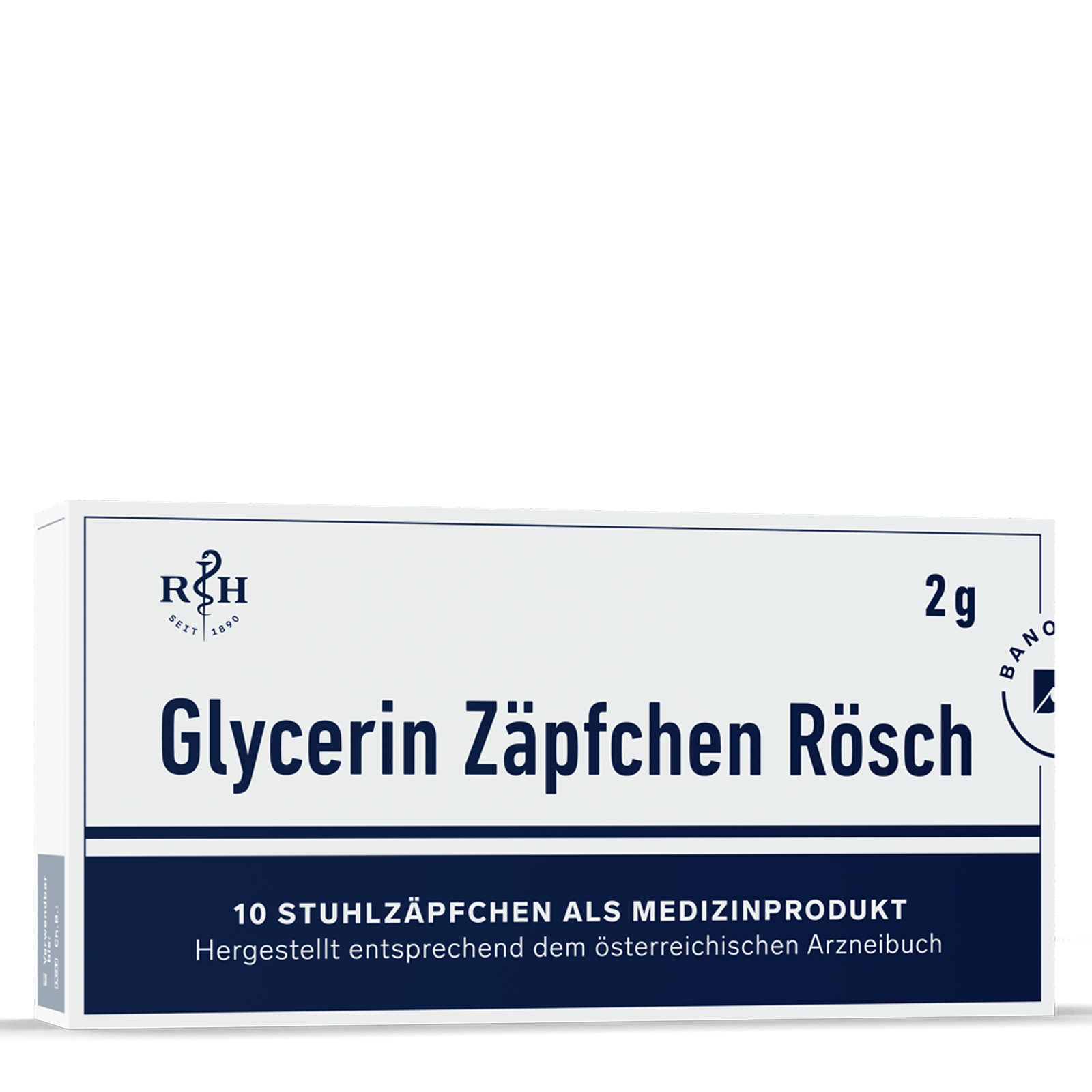- With pancreatin and simethicone
- For flatulence and bloating
- For digestive problems caused by enzyme deficiency
Helopanflat Dragées
For flatulence and bloating
- With pancreatin and simethicone
- For flatulence and bloating
- For digestive problems caused by enzyme deficiency
Helopanflat Dragées: Product description
Helopanflat Dragées are particularly beneficial when you feel full or feel stomach pressure, to treat flatulence or excessive gas and gas accumulation in the gastrointestinal tract, diaphragmatic hypertension with shortness of breath and heart complaints (so-called Roemheld syndrome), digestive disorders and especially in cases of flatulence after surgery and in preparation for X-rays, sonography or liver biopsies.
Helopanflat Dragées: Effect
Poor digestion that often leads to excessive gas formation and gas accumulation in the intestine, producing a sluggish, fine-bubbled foam that considerably restricts the absorption of gases through the intestinal wall. The resulting symptoms, including abdominal pain, constipation and flatulence, can be treated specifically and effectively with Helopanflat Dragées.
Simethicone destroys the individual bubbles in the immobile foam cushion in the intestine by reducing surface tension. As a result, the gases can be reabsorbed by the intestinal mucosa or leave naturally.
Pancreatin works in the duodenum to physiologically break down the proteins, fats and carbohydrates in food. This largely prevents the formation of new gases from fermentation and putrefaction processes as a result of poor digestion (also known as maldigestion).
Taking Helopanflat Dragées thus rapidly reduces symptoms, gives a feeling of relief and eliminates the feeling of tension in a bloated stomach.
Helopanflat Dragées: Uses and indications
Unless otherwise prescribed, take two tablets with liquid shortly after meals.
Neither the digestive enzymes pancreatin nor simethicone enter the bloodstream or breast milk. There is therefore no reason not to take Helopanflat Dragées during pregnancy and when breast-feeding.
Medicinal products can cause both adverse and undesirable effects. Please therefore carefully follow the directions for use or seek the advice of a doctor or pharmacist.
Helopanflat Dragées: Ingredients
One coated tablet contains 135mg pancreatin with at least 240 protease units, at least 3,200 amylase units, at least 3,600 lipase units according to Ph.Eur., 42.0mg simethicone, lactose, sucrose and cochineal red A (E124).
The content of the enzymes is strictly controlled, so we can guarantee the stated amount of active ingredients until the end of the minimum shelf life.
Good to know
What is flatulence?
Flatulence occurs when too much air accumulates in the intestines – either on account of swallowing excessive amounts of air or food decomposition processes. It can be an annoying problem. Some of the air is exhaled through the lungs and the rest escapes through the intestines.
What causes flatulence?
Everybody has small amounts of air escaping from the intestines on a regular basis. Severe flatulence, though, is an indication of an enzyme deficiency, food intolerance, bacterial overgrowth in the intestines or possibly even of an illness.
If flatulence can be traced back to an enzyme deficiency, this means that the ingested food cannot be optimally utilised due to a lack of enzymes. Food then remains in the intestine for too long, resulting in fermentation and putrefaction processes. These are then perceived as flatulence.
In such cases, taking enzymes helps prevent flatulence.
Digesting protein, fibre and carbohydrates can also cause gas. Some foods are known to cause gas: legumes such as beans, lentils, cabbage or onions. Everyone is different and some people tolerate these foods better than others.
Eating too quickly can lead to swallowing too much air (called aerophagy) and can be another cause of flatulence. Eating slowly is a simple way to avoid this happening.
Taking antibiotics damages the intestinal flora and can subsequently lead to flatulence and diarrhoea. A lack of exercise, change in diet, for example due to a holiday, or a change in eating habits are also possible causes.
What are enzymes good for?
The enzyme pancreatin, which is produced in the body by the pancreas, consists of the enzymatic components amylase, protease and lipase. These enzymes enable the intestine to break down food components. Amylases break down carbohydrates, proteases break down proteins and lipases break down fats.
Go to our download area for directions for use.




